
|
| Accept Cookies | Customize | Refuse Cookies |
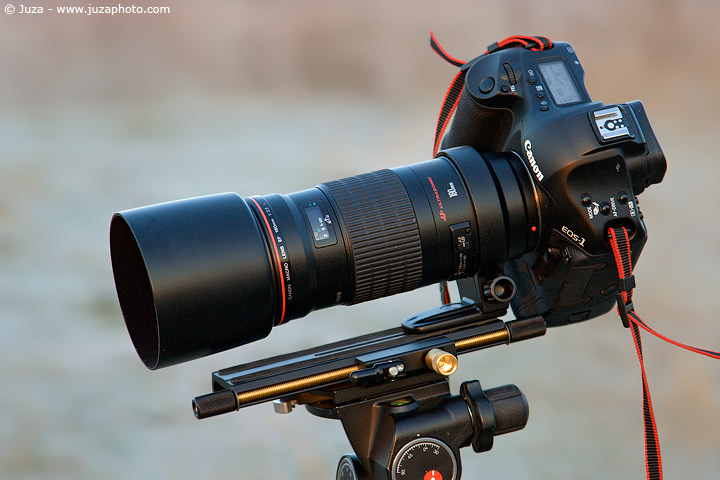
Lens Specifications
| � | �� |
| �Focal length | ��180 mm |
| �Lens construction | ��12 elements in 12 groups |
| �Number of Diaphragm Blades | ��8 blades |
| �Angle of view | ��13.71º (on 35mm camera); 9.55º (on APS-camera ) |
| �Max. Magnification | ��1x (1:1) |
| �Maximum Aperture | ��f/3.5 |
| �Minimum Aperture | ��f/32 |
| �Image stabilization | ��No |
| �Autofocus | ��Inner ultrasonic motor (ring-type USM) |
| �Full Time Manual Focus | ��Yes |
| �Closest Focusing Distance | ��0.48 meters |
| �Filter size | ��72 mm |
| �Dimensions (Diameter x Length) | ��82 x 186 mm |
| �Weight | ��1090 g (910 g without the tripod ring) |
| �Weather sealing | ��No |
| �Price | ��$ 1270 (or $ 900 for the Sigma 180) |
| �Announced | ��1996 |
| �Accessories | ��Canon Dust Cap E, front cap, lens hood (ET-78), lens case (LZ1324), Canon Tripod Mount Ring B (black)� |
Description
The Canon 180 Macro is well built, it feels even more robust than Sigma 180 and Nikkor 200 Macro. It has a better paiting than its Sigma equivalent - the Canon lens has a nice black finish, that does not scratch as easily as the Sigma's finish. My only real complaint is the lack of weather sealing (but even the Sigma and the Nikon don't have weather sealing). I'd have been happy to have weather sealing; nevertheless, I always use this lens outdoor, even in harsh environmental conditions, and I have not had any problem.Similar Lenses (for Canon EOS)
There are mainly three alternatives to the Canon 180 Macro: the Sigma and Tamron's 180, and the Sigma 150.Image Quality
Remember that you can easily adjust color, distortion, chromatic aberration and vignetting with Photoshop; even though I list every aspect of image quality I don't consider these aspects very important as the other three that can not be corrected with Photoshop (sharpness, contrast and flare). You can enhance a little sharpness and contrast with PS, but the results are not as good as a photo taken with a lens that is sharp and contrasted.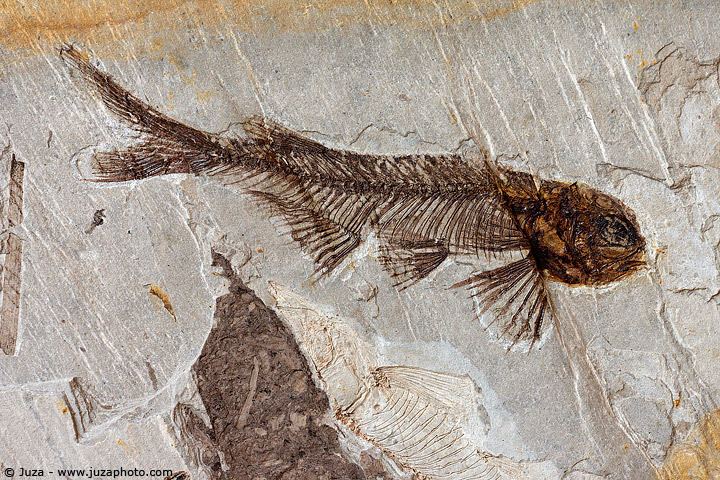
| � | �� |
| �Sharpness | ��the sharpness is pretty good from corner to corner, even though honestly I expeted a little more - it is not better than the Sigma 180. It is fully usable from f/3.5 to f/16. |
| �Contrast | ��the contrast is very good. |
| �Color | ��nothing to nit; the colors are perfect, without any lens-introduced color cast. |
| �Flare | ��so far I have never had problems of flare with this lens (neither with other macro lenses - usually I take my macro photos in soft light so flare is not a problem). |
| �Distortion | ��as you can expect from a prime, tele lens, there is not any visible distortion. |
| �Chromatic aberration | ��overall it is well controlled, but at the hightest magnification you can see some CA. |
| �Vignetting | ��there is just a slight vignetting at f/3.5, and it disappears from f/5.6. Vignetting is not a problem with this lens.� |
In-depth look: sharpness and aperture
Since the sharpness is the first thing that I look for in a macro lens, I have done in-depth sharpness tests. The image quality between f/3.5 and f/11 is about the same (it reaches the truly best at f/7.1), while f/22 is clearly softer. There is almost no difference in terms of sharpness between the center and the corners. The sharpness is still quite good up to f/16, while I'd try to avoid f/22 or smaller apertures unless I really need them, because diffraction really reduces the detail and contrast after f/16. The following 100% crops show the image quality at various apertures.| �f/3.5 | ��f/10 |
� | � � | �
| �f/16 | ��f/22 |
� | � � | �
In-depth look: Canon 180mm f/3.5 Macro L vs Sigma 180mm f/3.5 Macro EX DG
The Sigma 180 Macro is much less expensive than the Canon 180: the higher price of the Canon is justified by a better image quality?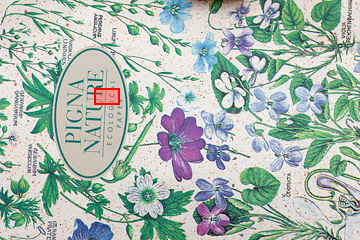
| � | ��Canon 180 Macro | ��Sigma 180 Macro |
| �f/3.5 | � �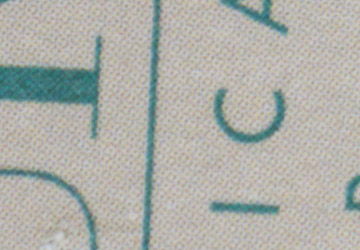 | � �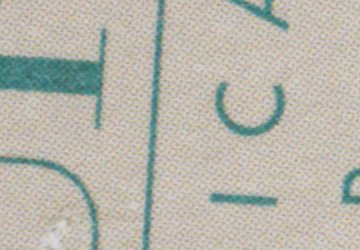 |
| �f/5.6 | � �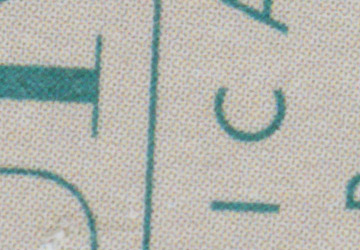 | � �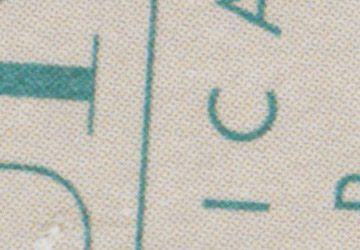 |
| �f/8 | � �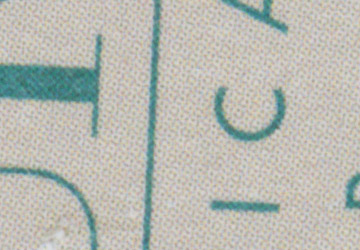 | � �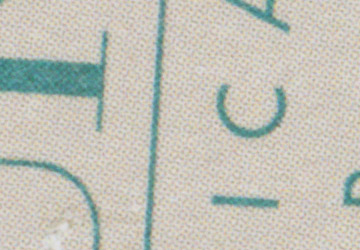 |
| �f/11 | � �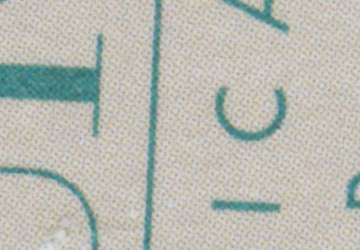 | � �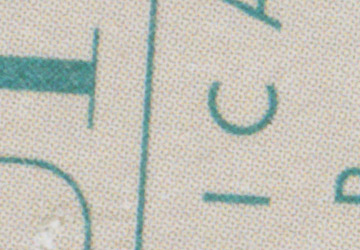 |
| �f/16 | � �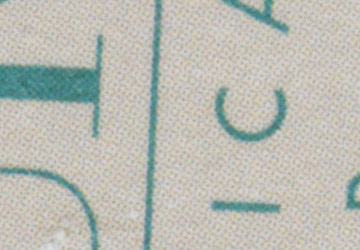 | � �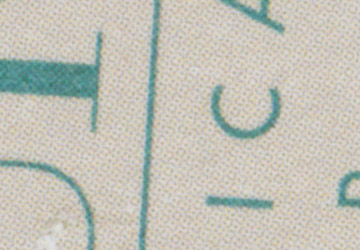 | �
Other Reviews
- Canon EF 180 Macro L USM review by The-Digital-Picture (Bryan Carnathan)Conclusion
The Canon 180 macro offers excellent sharpness, good built quality (but no weather sealing), and enough focal length to get a good working distance and a pleasing background blur. It has slow autofocus and no image stabilization, but these are not big problems in a macro. The only real problem of this lens is that is it not any better than the much cheaper Sigma 180; I've made the switch because I was convinced by canon fanboys that the Canon 180 is even shaper, but I regret the switch - they are the same, as you can see from my side-by-side comparison! If you still have doubts, rent both lenses for a couple of days and make your comparison, in studio or in the field. In conclusion, I not recommend the Canon 180; it is a fine lens, but you can get the same from the Sigma 180. JuzaPhoto contains affiliate links from Amazon and Ebay and JuzaPhoto earn a commission in case of purchase through affiliate links.
JuzaPhoto contains affiliate links from Amazon and Ebay and JuzaPhoto earn a commission in case of purchase through affiliate links.May Beauty Be Everywhere Around Me